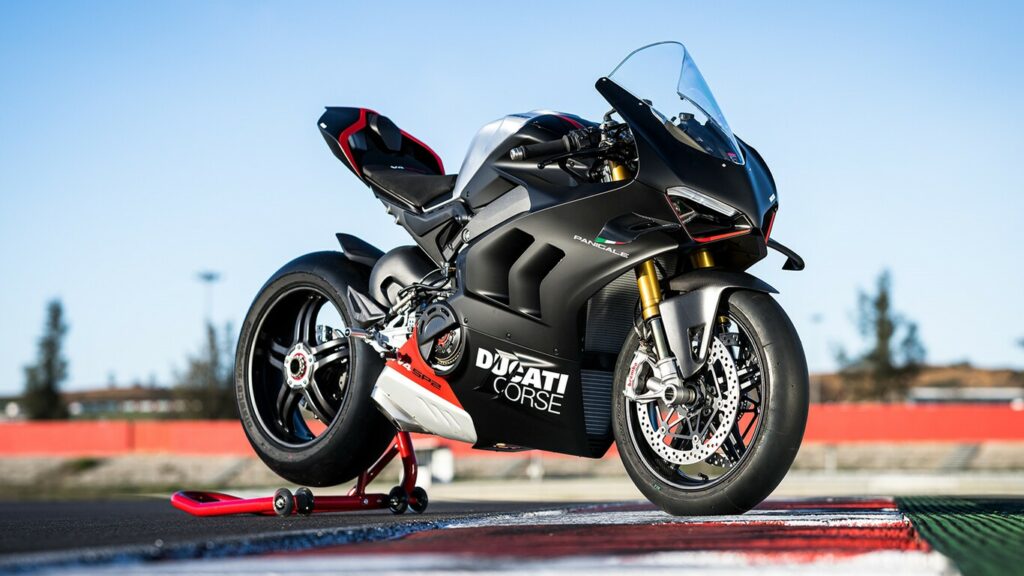
When we talk about sport bikes, we are referring to a type of motorcycle that is fully equipped and aerodynamically designed for speed. The suspensions are usually inverted forks, accompanied by a powerful dual-disc brake system and sporty tires.
The first noticeable difference between a sport bike and other motorcycles on the market is the riding position that the rider must adopt. Most sport models have two handlebars (unlike other motorcycles, which have one) slightly lower than the seat, which means that the rider’s weight is placed on the wrists and the bike’s maneuverability is considerably reduced.
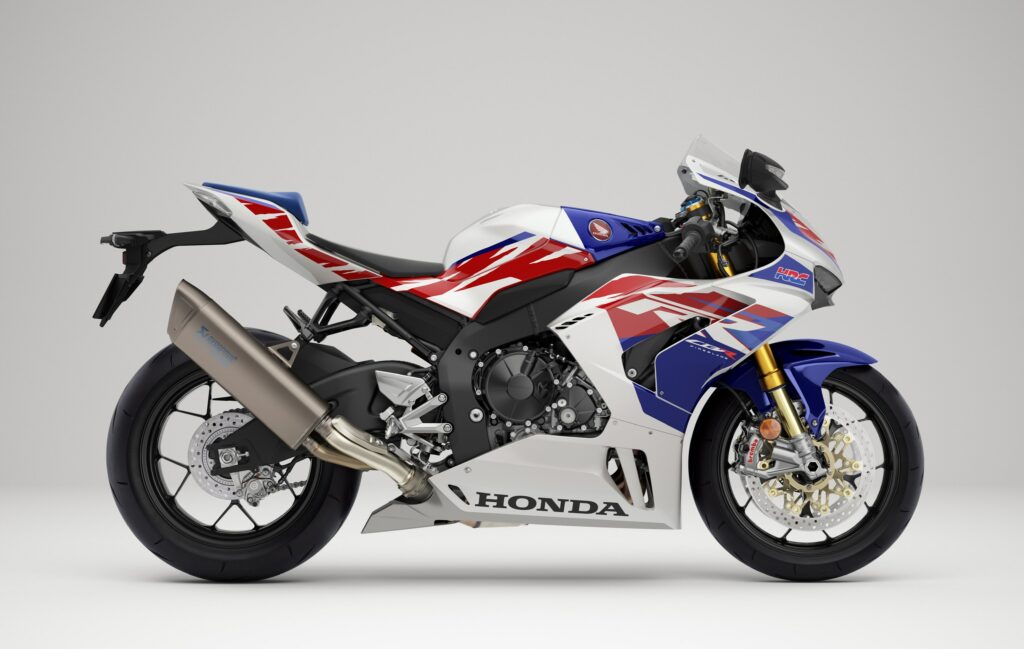
Seat height
Another element to consider when getting on a sport bike for the first time is the seat height, which is higher on a sport bike than on a naked bike.
Footpeg position
The position of the footpegs is also different: the feet are placed further back and higher for a more aerodynamic position.
In other words, sports bikes force the rider to ride more stretched out on their frame, resulting in fatigue and discomfort as the hours of riding pass, something much more bearable in other types of bikes, such as naked or adventure bikes.
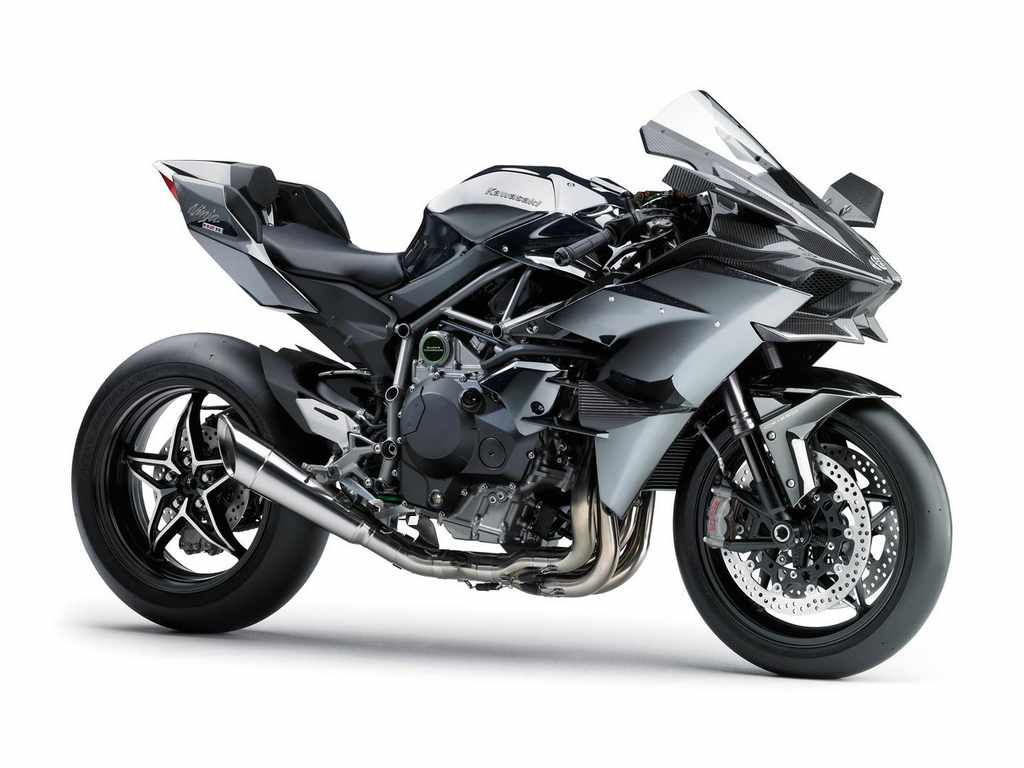
What types of sports bikes are there?
Within sports bikes, we can distinguish different types of bikes: light sports bikes, medium-displacement sports bikes, and supersport bikes. Manufacturers have developed a complete range to cover all audiences, from the most experienced to beginners who want to start in this exciting world, and we can find the iconic “R”, with engines starting from 125 cc.
Is it difficult to ride a sports bike?
They are motorcycles in which comfort is not a priority, but rather driving efficiency. “R” motorcycles offer the best performance in terms of sporty driving, as they aim to be the fastest and most effective in corners and have less wind resistance on long straights, thanks to the presence of fairings. However, it is safest to progressively start with lower to higher power motorcycles, learn to control them, and once a sufficient level of experience is reached, move on to the world of sporty driving. In addition, there is a wide variety of driving courses available, both for beginners and for more experienced riders who want to improve their driving technique.
Where should we store luggage if we want to travel on a sportbike?
Traveling on a sportbike is not very practical. Not only because of the physical strain that can develop over hours, but also due to the limited space available for storing luggage. In fact, unlike scooters, no sportbike has a section under the rider’s seat to store helmets or other luggage.
Therefore, nets, tank bags, or saddlebags are the best options for storing everything needed for a medium to long distance trip on an “R” motorcycle.
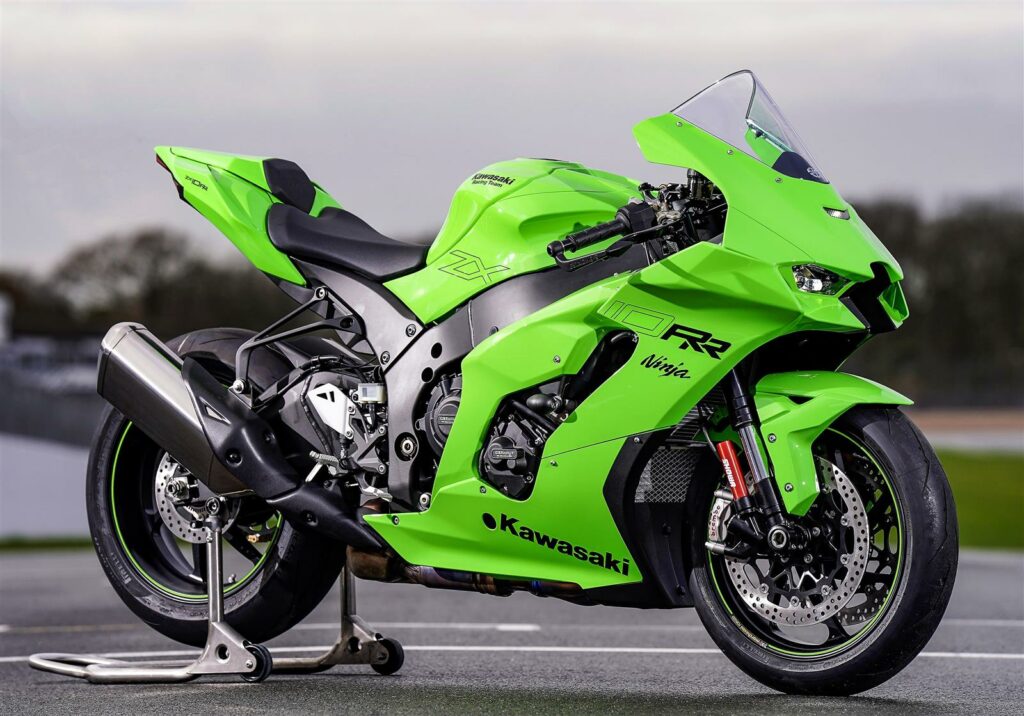
History of super sportbikes
The “boom” of sport motorcycles, popularly known as “R’s” – since they usually have at least one R in their nomenclature – occurred in the late 80s and extended into the 21st century. They were abundant on our streets and roads, and were the dream of many of us, eagerly awaiting the arrival of magazines on paper to see the latest news every week. The arrival of a new sport motorcycle was almost always accompanied by headlines like “More powerful, lighter, and more effective than its predecessor”. These motorcycles make it clear that performance is all about the power-to-weight ratio.
Things have changed and sales of sport motorcycles are much lower than in the “golden age”, but there is a large number of models on the market, increasingly powerful and sophisticated, which closely resemble those competing on the tracks and are capable of satisfying the most demanding tastes. Furthermore, since there is no regulation limiting the displacement for road use, some brands are developing “urban” sports cars with over 1,000 cc to obtain more power and throttle response without affecting reliability.
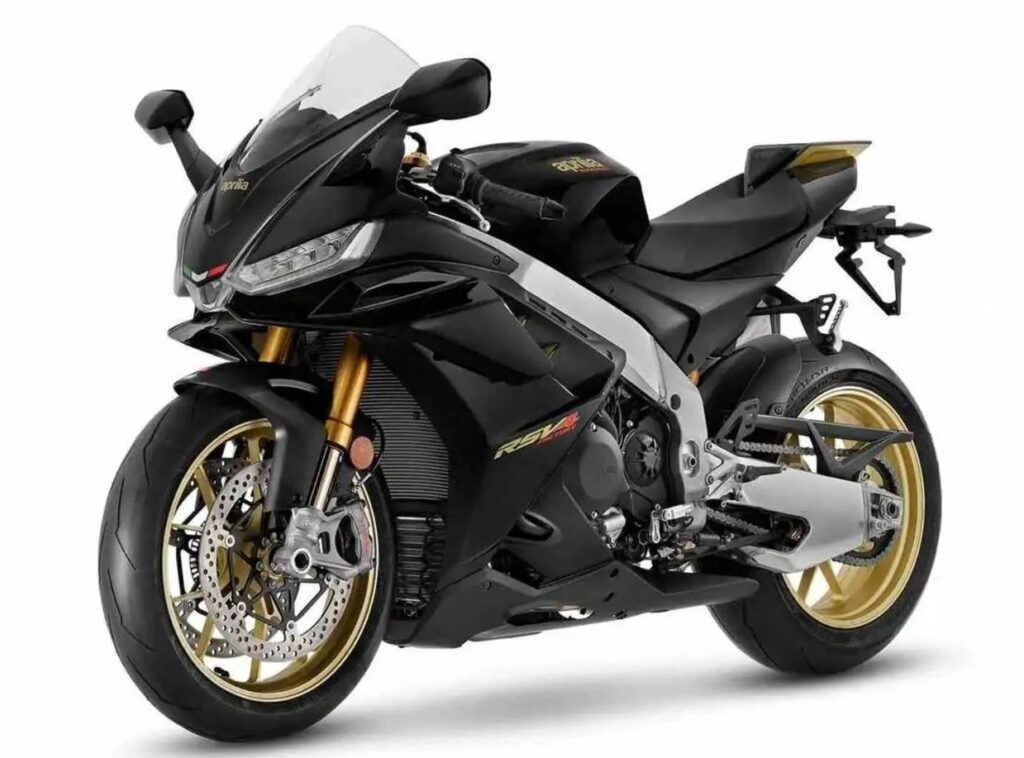
What are the most powerful sport motorcycles in 2023?
In alphabetical order of brands, we present the most powerful supersport motorcycles you can currently buy:
| Model | Displacement | Declared maximum power | Declared weight | Weight/power ratio |
| Aprilia RSV4 Factory | 1,099 c. c. | 217 CV (160 kW) at 13,000 rpm | 202 kg | 0.93 kg/CV |
| BMW M 1000 RR | 999 c. c. | 212 CV (156 kW) at 14,500 rpm | 193 kg | 0.91 kg/CV |
| Ducati Panigale V4 SP2 | 1,103 c. c. | 214 CV (157 kW) at 13,000 rpm | 195 kg | 0.91 kg/CV |
| Honda CBR1000RR-R Fireblade SP | 999 c. c. | 218 CV (160 kW) at 14,500 rpm | 201 kg | 0.92 kg/CV |
| Kawasaki Ninja ZX-10 RR | 998 c. c. | 204 CV (150 kW) at 14,000 rpm | 206 kg | 1.01 kg/CV |
| Kawasaki Ninja H2 R | 998 c. c. | 310 CV (228 kW) at 14,000 rpm | 216 kg | 0.70 kg/CV |
| Suzuki Hayabusa 1300 | 1,340 c. c. | 190 CV (140 kW) at 9700 rpm | 264 kg | 1.39 kg/CV |
| Yamaha R1M | 998 c. c. | 200 CV (147 kW) at 13,500 rpm | 202 kg | 1.01 kg/CV |








